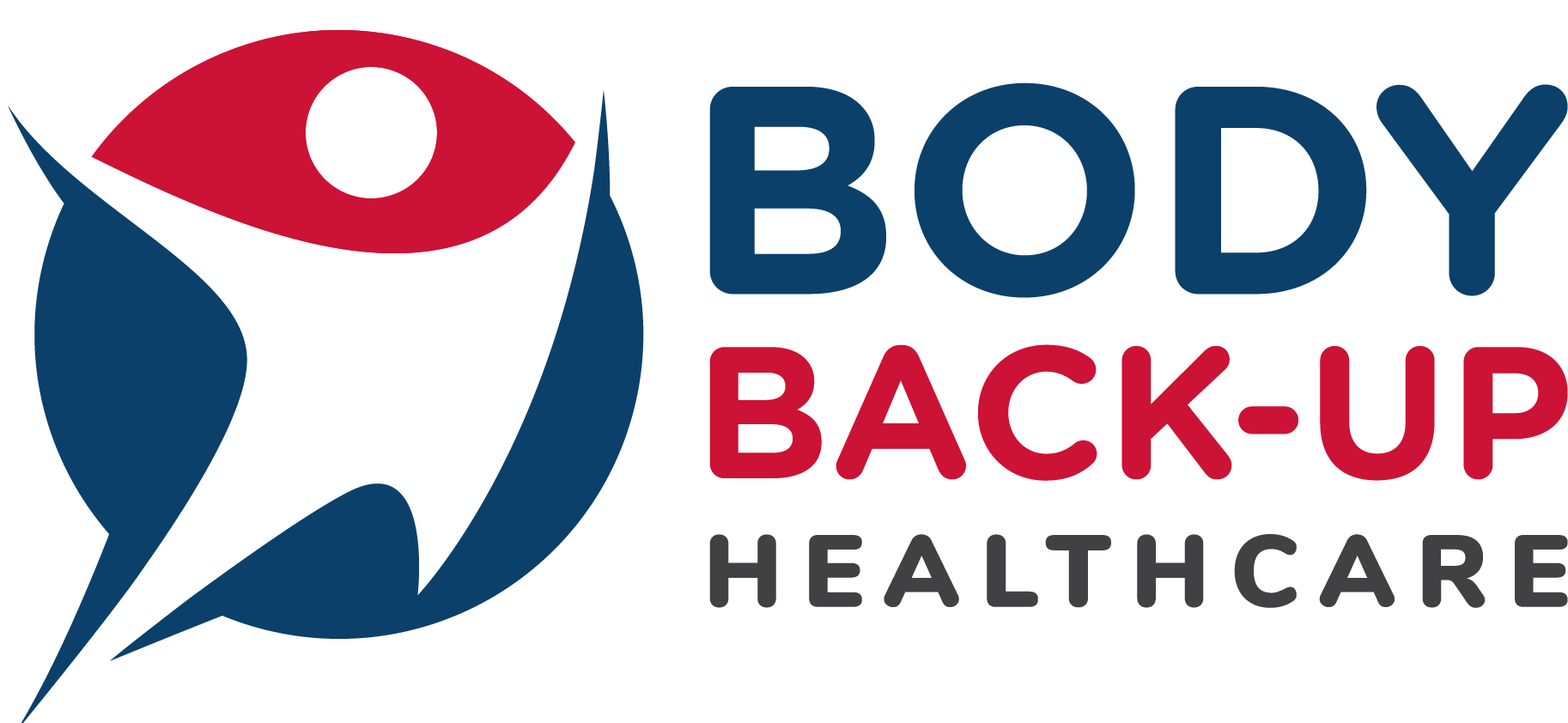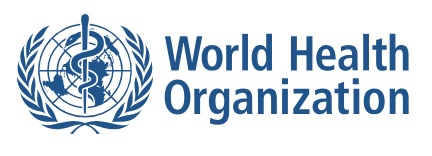Are you feeling stuck in your treatment journey? Maybe the hands-on therapy or exercises you’ve been given just aren’t cutting it, and you’re starting to lose hope. Don’t give up just yet! Functional Active Release (FAR) could be the game-changer you need.
Here’s why FAR might be perfect for you:
1. Active Participation: Instead of being a passive recipient, FAR gets you actively involved in your treatment. You’ll perform guided functional movements during therapy, helping you feel more in control and engaged in your recovery.
2. Tailored to You: FAR is all about personalization. It adapts to your specific needs and body mechanics, addressing your unique issues more effectively than one-size-fits-all treatments.
3. Real-Time Feedback: With FAR, you get immediate feedback from your therapist. This means your treatment can be adjusted on the spot, helping you see progress and stay motivated.
4. Holistic Healing: FAR looks at the bigger picture, focusing not just on the immediate problem but on your overall body mechanics and long-term health. This holistic approach helps you understand your body better and develop strategies to prevent future issues.
5. Empowerment: By understanding the mechanics of your injury and being proactive in your treatment, you’ll feel more empowered and less like a passive patient. This boost in motivation can make a huge difference in your commitment to the treatment plan.
6. Stress Reduction: FAR combines the best concepts of other myo-fascial treatment techniques, reducing stress on your body and improving overall effectiveness.
So, if you’re feeling demoralised by your current treatment, give FAR a try. It offers a more engaging, personalised, and effective path to recovery. You deserve to feel better and take charge of your health journey!
What Is FAR Treatment and Exercise Therapy ?

FAR is a specialised approach to manual therapy designed by expert osteopath and lecturer Robin Lansman, encompassing a system of assessment, treatment, hands-on therapy and self-care.
Whereas in traditional manual therapies the patient lies still whilst the therapist treats them, in Functional Active Release treatment is given whilst carrying out functional movements of the part of the body being treated. This helps you to recover quicker and more completely, and stay healthier for longer. The process of clear and open feedback between patient and professional also helps guide expectations along with building cognitive Body Awareness that ensures best results for the individual.
Photo credit: Ilana Goldenburg Tilburg, Holland
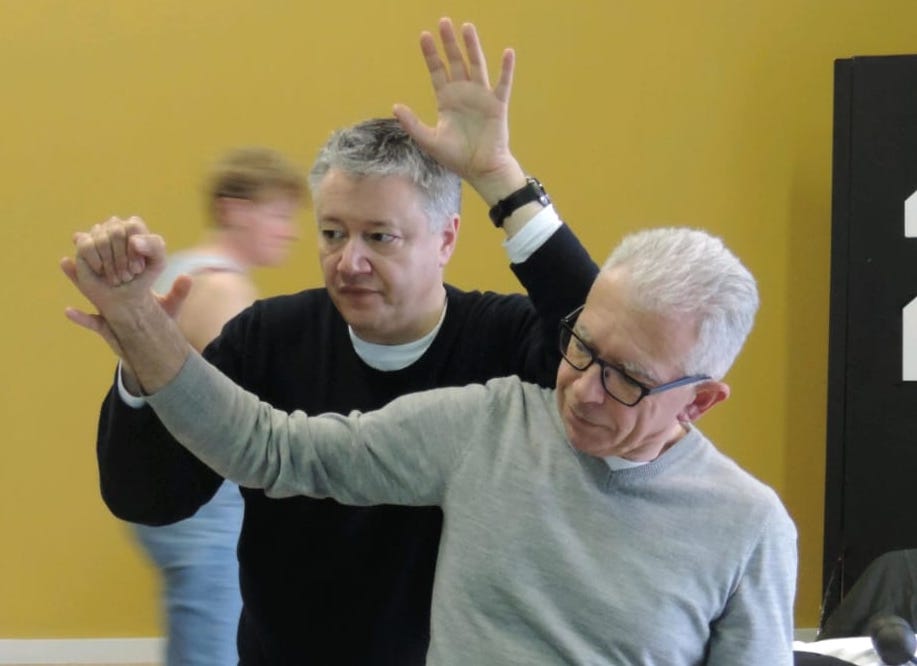
How Is FAR Different?
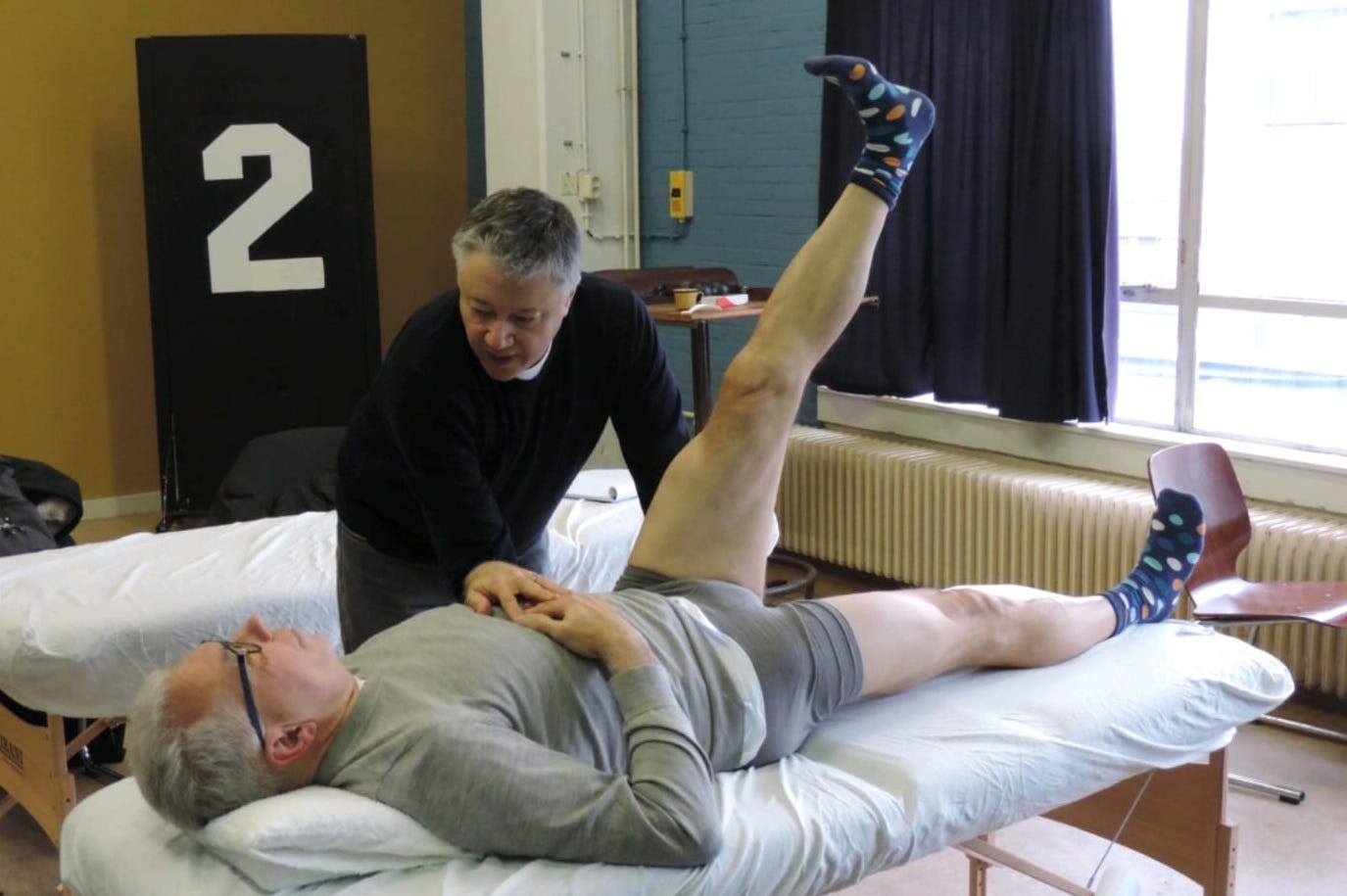
FAR is not just another therapeutic technique but an entire approach to treatment in which the patient is far more active than in usual therapies. Under the therapist’s guidance, you will develop a deeper understanding of the body mechanics relating to your injury, and be proactive in designing exercises and movements that will speed up your recovery.
You will also take a more active role in treatment sessions, carrying out guided functional movements during physical therapy and working in tandem with your therapist to improve whatever problem you are experiencing.
Photo credit: Ilana Goldenburg Tilburg, Holland
Benefits of FAR
The unique approach of FAR means that you will not only recover from injury quicker but have the tools to develop greater function in daily life. You’ll understand the unique mechanics of your particular physiology and be able to take a knowledgeable and empowered approach to staying fit and functional and avoiding injury.
Photo credit: Phillipp Richter Director Institute for Applied Osteopathy (IFAO Germany)
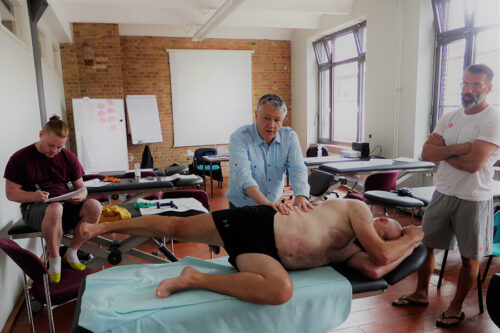
Book An Appointment
London Clinic
Maidenhead Clinic
More Than Another Treatment Tool
The are so many tools to choose from when addressing MSK problems and particularly muscle component of the case in hand. Many manual therapists already use myofascial release, ART, deep soft tissue, inhibition pressure points, acupressure, functional technique, massage and many more.
FAR is quite different as the patient is involved all the way through the assessment phase, the treatment as well as the rehabilitation exercise phase. This means the patient and their feedback help manage the process more closely and allow for a bespoke programme of care with easy to measure outcomes. This in turn helps practitioners know if their approach is working.
Photo credit: Ilana Goldenburg Tilburg, Holland
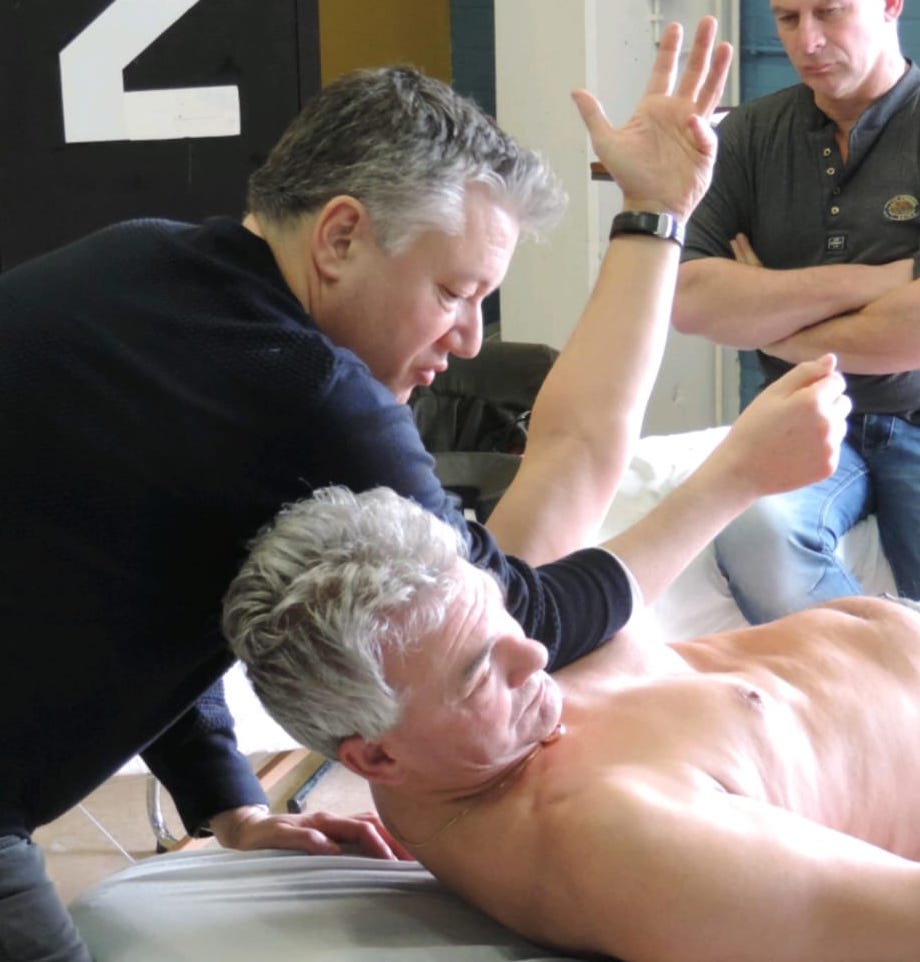
About Robin Lansman Osteopath AHP
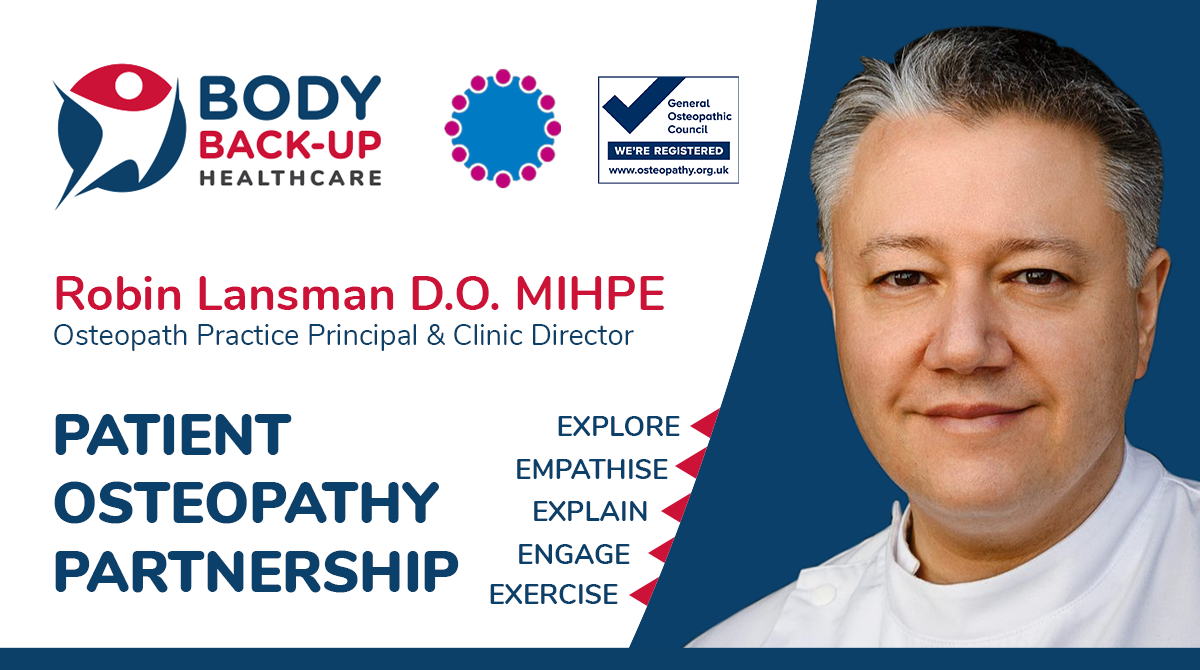
- Clinical Director, Body Back-Up Healthcare
- Appears regularly on BBC TV and radio
- Former Institute of Osteopathy President
- Past senior clinical tutor at BSO sports injury clinic for over 10 years
- Post graduate lecturer and undergraduate dissertation supervisor at degree level
- TeamHEALTH360 coaching programme Lead
 Trustpilot
Trustpilot